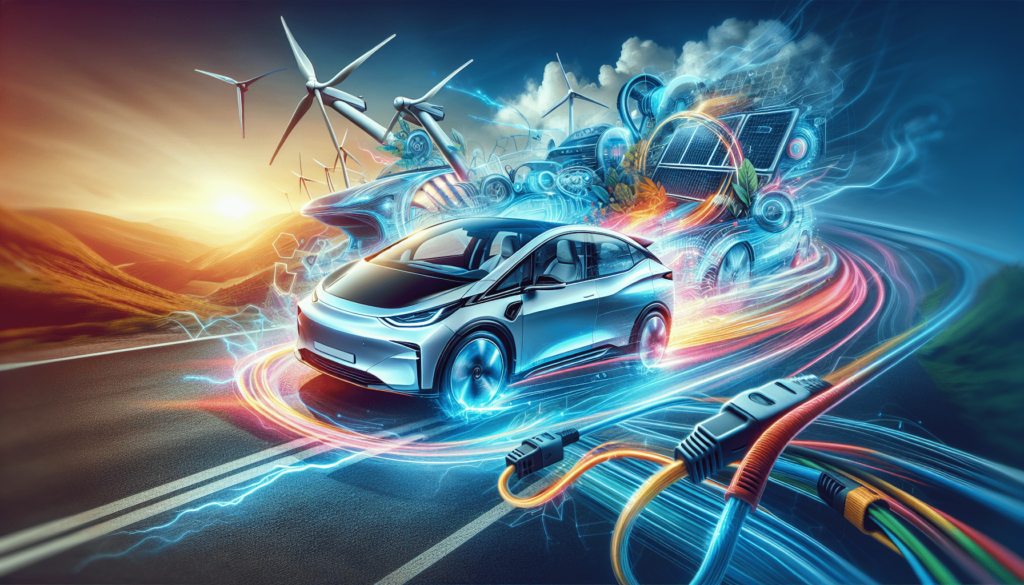Exploring the Thrill of Driving an Electric Vehicle
Share
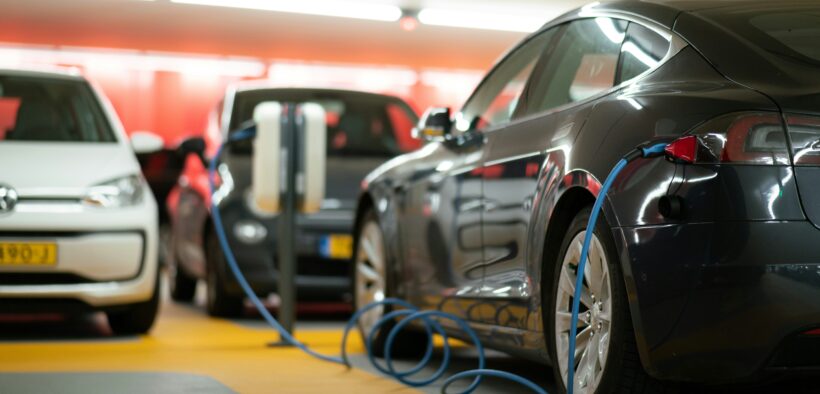
Have you ever wondered what it’s like to zip through the streets in an electric vehicle? Well, buckle up because we’re about to take you on a wild ride. In this article, we’ll explore the exhilarating thrill of driving an electric vehicle. From the instant acceleration to the whisper-quiet engine, you’ll discover why more and more people are falling in love with the EV driving experience. So, grab your keys and get ready for a thrilling adventure like no other.
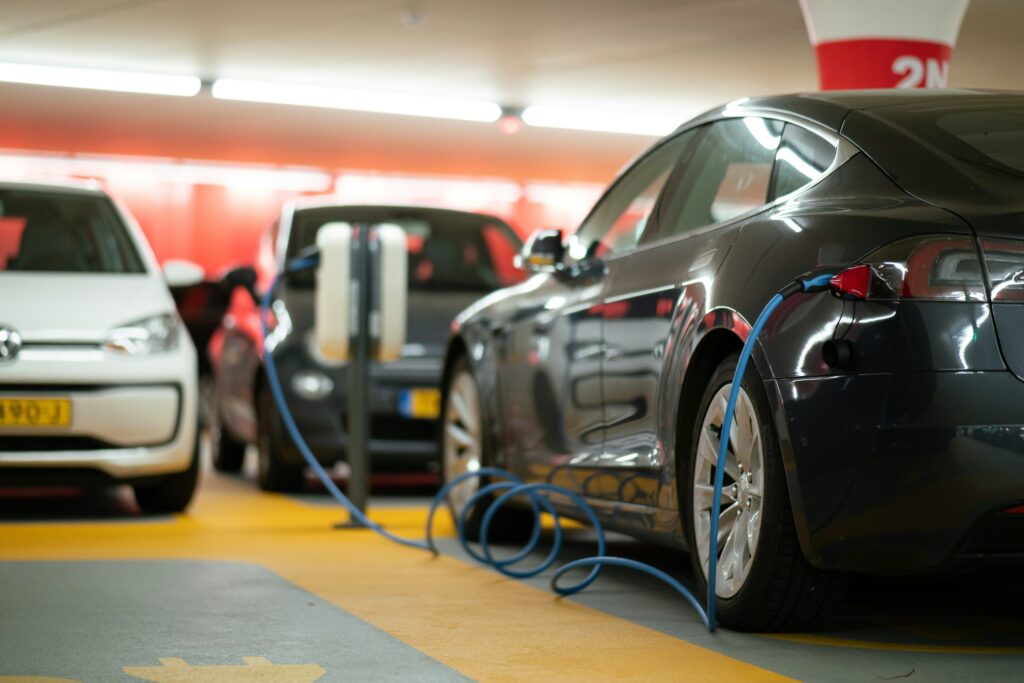
Benefits of Driving an Electric Vehicle
Eco-Friendly Driving
Driving an electric vehicle (EV) offers numerous benefits, and one of the most significant advantages is its positive impact on the environment. Unlike traditional vehicles that run on gasoline or diesel, EVs produce zero tailpipe emissions, reducing greenhouse gas emissions and helping to combat air pollution. By choosing to drive an EV, you can contribute to creating a cleaner and healthier environment for future generations.
Lower Cost of Ownership
While the upfront cost of an electric vehicle may be higher compared to a conventional gasoline-powered car, the long-term cost of owning an EV is significantly lower. The cost of electricity to power an EV is typically much cheaper than gasoline, resulting in substantial savings on fuel expenses. Additionally, electric vehicles have fewer moving parts, reducing the need for costly maintenance and repairs. With lower operating and maintenance costs, driving an EV can be a financially sensible choice.
Instant Torque and Quick Acceleration
One of the notable features of electric vehicles is their instant torque delivery, providing quick acceleration and a thrilling driving experience. Unlike conventional vehicles that rely on the combustion of fuel, EVs use electric motors that offer immediate power to the wheels. This instantaneous acceleration not only adds excitement to your daily commute but also enhances safety during overtaking or merging maneuvers on highways.
Silent and Smooth Ride
When you hop into an electric vehicle, you’ll immediately notice the peacefulness of the cabin. Unlike internal combustion engine vehicles, EVs produce minimal noise, making for a silent and serene driving experience. The absence of engine noise creates a more enjoyable and relaxed atmosphere, allowing you to fully immerse yourself in the journey. In addition, electric vehicles typically have less vibration and smoother acceleration, resulting in a pleasantly smooth ride for both the driver and passengers.
Reduced Maintenance Requirements
Maintaining an electric vehicle is generally less demanding compared to traditional cars. The simplicity of electric motor design means there are fewer parts that can wear out or malfunction, resulting in fewer visits to the mechanic. EV owners can save on routine maintenance tasks like oil changes, spark plug replacements, and transmission services. With fewer moving components, the need for repairs is minimized, leading to potential long-term savings on maintenance expenses.
Range and Charging
Understanding Electric Vehicle Range
Electric vehicle range refers to the distance an EV can travel on a single charge. The range will differ between different models and can be influenced by factors such as driving conditions, weather, and the driver’s behavior. It’s important to consider your specific driving needs and lifestyle to choose an electric vehicle with an optimal range that suits your requirements.
Different Types of Electric Vehicle Charging
Electric vehicle charging can be categorized into three main types: Level 1, Level 2, and DC Fast Charging. Level 1 charging refers to using a standard household outlet and provides the slowest charging rate. Level 2 charging utilizes a dedicated charger and provides a faster charging rate. DC Fast Charging, also known as Level 3 charging, is the fastest charging option available and is typically found at public charging stations. Understanding the different charging options available can help you plan your charging infrastructure and optimize your EV ownership experience.
Home Charging Solutions
One of the key advantages of driving an electric vehicle is the convenience of home charging. By installing a Level 2 charging station at your residence, you can easily replenish your EV’s battery overnight. Home charging solutions offer the flexibility and ease of charging without the need to visit public charging stations regularly. This convenience allows you to start each day with a fully charged battery, ensuring you have a reliable and sufficient range for your daily activities.
Public Charging Infrastructure
To accommodate the growing number of electric vehicles on the road, public charging infrastructure has expanded significantly in recent years. Various charging networks and stations are now available in cities and along major highways, providing EV drivers with access to convenient charging options while on the go. Utilizing public charging infrastructure can complement home charging and offer reassurance for longer trips, ensuring you have access to charging facilities wherever your journey takes you.
Charging Times and Rate
Charging times for electric vehicles vary depending on the charging method and the capacity of the vehicle’s battery. Level 1 charging can take several hours to fully charge an EV, while Level 2 charging typically requires a few hours. DC Fast Charging, the fastest charging option, can provide a significant range boost in a relatively short amount of time, making it useful for long-distance travel. As charging technology continues to evolve, the charging times for electric vehicles are gradually decreasing, further enhancing the convenience of ownership.
Technology and Features
Electric Motor and Battery Technology
Electric vehicles utilize advanced electric motor and battery technology, which forms the heart of their powertrain. Electric motors offer high efficiency, delivering power to the wheels smoothly and quietly. Battery technology has also improved significantly in recent years, increasing energy density and range. Lithium-ion batteries, the most commonly used type in EVs, offer a balance between energy storage, weight, and durability, making them ideal for electric vehicle applications.
Regenerative Braking
Regenerative braking is a unique feature in electric vehicles that helps improve efficiency and extend the vehicle’s range. When you brake or slow down in an EV, the electric motor acts as a generator, converting kinetic energy into electrical energy. This electrical energy is then stored back into the battery, effectively recharging it. Regenerative braking not only enhances overall efficiency but also reduces wear on traditional mechanical braking systems, providing a smoother and more eco-friendly driving experience.
Smartphone Integration
Electric vehicles often come equipped with advanced infotainment systems that integrate seamlessly with smartphones. These systems allow you to connect your smartphone to the vehicle, enabling features such as hands-free calling, GPS navigation, music streaming, and voice commands. Smartphone integration not only enhances convenience but also ensures that you can stay connected while on the road, accessing your favorite apps and services safely and efficiently.
Advanced Safety Features
Electric vehicles often incorporate advanced safety features to enhance driver and passenger protection. These features can include adaptive cruise control, lane-keep assist, automatic emergency braking, and blind-spot monitoring systems. By leveraging various sensors and cameras, electric vehicles can detect potential hazards and assist the driver in avoiding accidents. These safety features make driving an EV not only efficient and eco-friendly but also safer for both occupants and pedestrians.
Autonomous Driving Capabilities
The progression towards fully autonomous vehicles is well underway, and electric vehicles are at the forefront of this technological advancement. Many electric car manufacturers are actively developing and incorporating autonomous driving capabilities into their vehicles. These features include self-parking, lane-changing assistance, and even full self-driving capabilities in certain environments. While fully autonomous driving is still being refined and regulated, owning an electric vehicle brings you closer to experiencing the future of mobility.
Environmental Impact
Reducing Carbon Emissions
The environmental benefits of electric vehicles extend far beyond the absence of tailpipe emissions. By transitioning to electric mobility, we can significantly reduce carbon dioxide emissions and mitigate the effects of climate change. Electric vehicles have the potential to be powered by renewable energy sources, such as solar or wind, further reducing their carbon footprint. By driving an electric vehicle, you are actively contributing to a greener and more sustainable future.
Lower Air and Noise Pollution
One of the most noticeable advantages of driving an electric vehicle is the reduction in air and noise pollution. Traditional internal combustion engines emit various pollutants, including nitrogen oxides, hydrocarbons, and particulate matter, contributing to poor air quality and respiratory problems. Electric vehicles, on the other hand, produce zero tailpipe emissions, leading to cleaner air and a healthier living environment. Additionally, the silence of electric motors eliminates the noise pollution associated with gasoline and diesel engines, providing a more tranquil and harmonious driving experience.
Sustainable Energy Sources
Electric vehicles have the potential to accelerate the transition to renewable energy sources. By utilizing electricity generated from renewable sources like solar or wind, the charging of electric vehicles can be powered by clean energy. This combination of electric mobility and sustainable energy sources creates a powerful synergy that helps reduce our dependence on fossil fuels and promotes a sustainable energy future.
EV Charging and Grid Integration
Integrating electric vehicle charging into the grid has numerous benefits for the overall energy infrastructure. With smart charging solutions, electric vehicles can be charged during off-peak hours when the demand for electricity is lower. This optimizes the use of existing power generation capacity, reduces strain on the grid, and minimizes the need for additional power plants. The grid-to-vehicle (V2G) concept allows electric vehicles to feed back energy to the grid during periods of high demand, further stabilizing the electrical grid and supporting the integration of renewable energy sources.
Positive Impact on Climate Change
The transportation sector is a significant contributor to greenhouse gas emissions, which are a leading cause of climate change. Electric vehicles offer a promising solution to combat these emissions and mitigate the impacts of climate change. By transitioning to electric mobility, we can reduce our carbon footprint and make a positive impact on the planet. Choosing to drive an electric vehicle is a tangible way to demonstrate your commitment to environmental stewardship and sustainability.
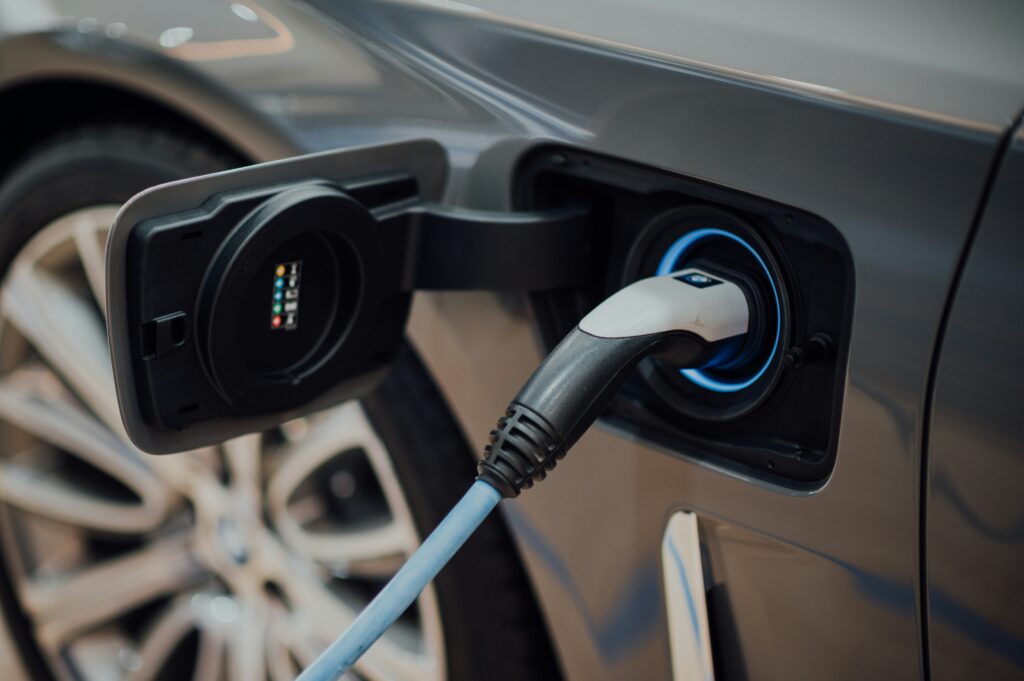
Financial Incentives and Savings
Government Subsidies and Tax Credits
To encourage the adoption of electric vehicles, governments around the world often provide incentives in the form of subsidies and tax credits. These financial incentives can significantly reduce the upfront cost of purchasing an electric vehicle and make them even more attractive from a financial perspective. By taking advantage of these subsidies and tax credits, you can enjoy additional savings while contributing to a cleaner environment.
Fuel Savings and Lower Operating Costs
One of the most compelling reasons to drive an electric vehicle is the significant savings on fuel expenses. Charging an electric vehicle with electricity is considerably cheaper than refueling a gasoline or diesel vehicle. Over the course of ownership, these fuel savings can add up to substantial amounts, providing a significant financial advantage. Additionally, electric vehicles have lower operating costs, with fewer maintenance requirements and potentially longer lifespans, further increasing the financial benefits of ownership.
Insurance Discounts
Insurance companies are increasingly recognizing the safety and reliability of electric vehicles, often offering lower insurance premiums for EV owners. Due to the quieter and smoother operation of electric vehicles, the risk of accidents and mechanical failures is reduced. This decreased risk profile leads to reduced insurance costs, allowing electric vehicle owners to enjoy additional savings on their insurance premiums.
Access to HOV Lanes and Parking Benefits
Many regions offer perks and incentives to electric vehicle drivers, such as access to High Occupancy Vehicle (HOV) lanes and preferential parking spots. HOV lanes are typically less congested and provide quicker travel times during peak traffic hours, saving you valuable time on your commute. Additionally, designated parking spots for electric vehicles, located close to entrances and equipped with charging stations, make it more convenient to find parking and charge your vehicle.
Resale Value and Future Investment
As the demand for electric vehicles continues to grow, their resale value remains strong, and sometimes even exceeds that of their gasoline counterparts. This trend can be attributed to various factors, including the increasing awareness and acceptance of electric vehicles, improved battery technology, and the desire for more sustainable transportation options. Investing in an electric vehicle could potentially provide you with a higher resale value down the line, making it a smart financial decision for the future.
Driving Performance and Handling
Instant Torque for Quick Acceleration
The instant torque provided by electric motors gives electric vehicles unparalleled acceleration and performance. Compared to internal combustion engines, electric motors deliver power to the wheels instantaneously, resulting in impressive acceleration from a standstill. This capability not only makes merging onto highways or overtaking other vehicles a breeze but also adds an element of excitement to your everyday driving experience.
Smooth and Responsive Handling
Electric vehicles are known for their smooth and responsive handling due to their unique design. With the weight of the battery pack located in the vehicle’s floor, electric cars typically have a lower center of gravity, contributing to improved stability and handling. The distribution of weight between the front and rear of the vehicle is also often more balanced in electric cars, further enhancing the overall driving dynamics. The combination of these factors results in nimble and agile handling, making every turn and maneuver more enjoyable.
Low Center of Gravity and Well-Balanced Weight Distribution
The placement of the battery pack in electric vehicles contributes to a low center of gravity, which in turn enhances stability and cornering capabilities. The lower center of gravity reduces body roll during cornering, resulting in a more confident and composed driving experience. Additionally, electric vehicles often have well-balanced weight distribution between the front and rear axles, leading to improved traction and grip on the road. These characteristics combine to create a car that feels planted and agile, providing a sense of control and confidence to the driver.
Driving Modes and Customization
Electric vehicles often offer a range of driving modes that allow you to customize your driving experience to suit your preferences. These modes can modify factors such as throttle response, steering feel, and regenerative braking intensity. For example, a sport mode might enhance throttle response and provide a more engaging driving experience, while an eco mode can optimize efficiency and range. The ability to personalize your electric vehicle’s driving characteristics ensures that you can tailor your driving experience to match your desired level of comfort, performance, or efficiency.
Enhanced Driving Experience through Technology
Electric vehicles often combine advanced technology into the driving experience, enhancing overall enjoyment and convenience. Features such as adaptive cruise control, lane-keep assist, and automatic parking systems make driving easier and less stressful, especially in traffic or challenging parking situations. Additionally, electric vehicles often include state-of-the-art infotainment systems with touchscreen displays, voice control, and smartphone integration, allowing you to stay connected and entertained while on the road. These technological advancements bring a new level of excitement and convenience to the driving experience, making every journey more enjoyable.
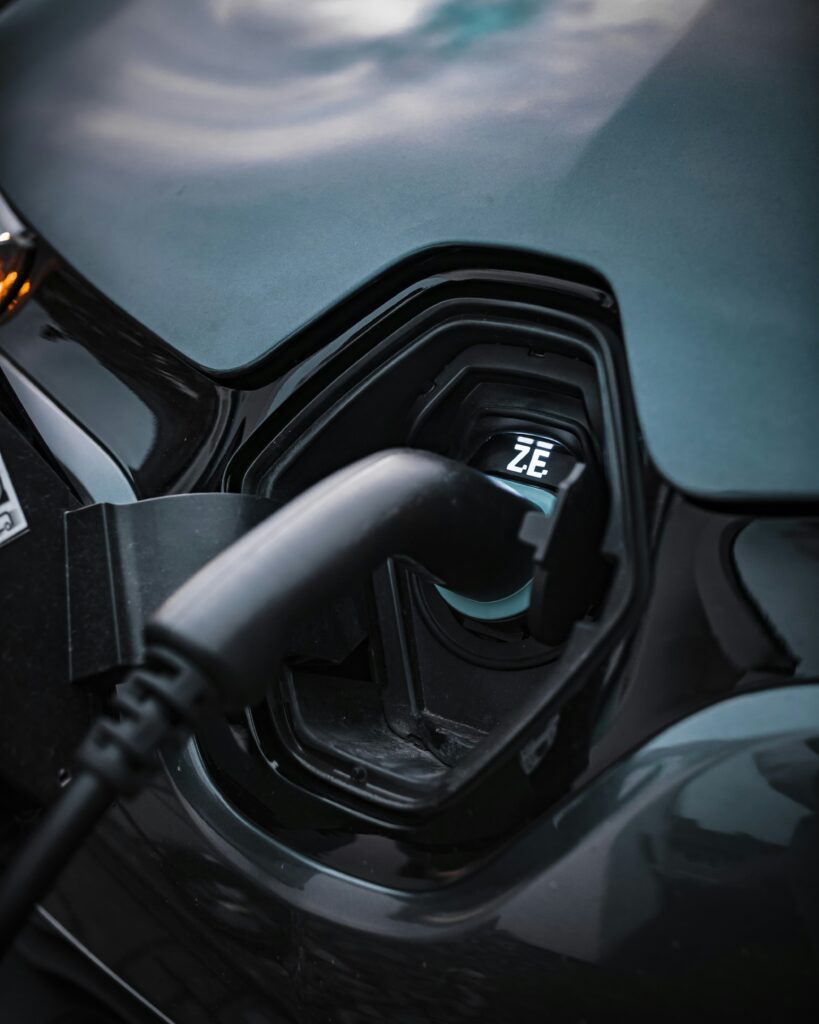
Overcoming Range Anxiety
Education and Awareness
Range anxiety refers to the fear of running out of battery power before reaching your destination or the next charging station. Education and awareness can play a significant role in overcoming range anxiety. By familiarizing yourself with the range capabilities of your electric vehicle, understanding charging infrastructure, and planning your trips accordingly, you can alleviate concerns related to range anxiety. Numerous resources, online communities, and smartphone apps provide real-time information on charging stations and help you plan your routes effectively, ensuring a stress-free and worry-free driving experience.
Expanding Charging Infrastructure
As the popularity of electric vehicles increases, so does the need for an expanding charging infrastructure. Governments, utility companies, and private organizations are actively investing in the installation of charging stations in cities, along highways, and at various destinations. The expansion of charging infrastructure provides EV drivers with more options and peace of mind when it comes to finding a charging location. As charging stations become more prevalent and accessible, range anxiety becomes less of a concern, further strengthening the case for electric vehicle adoption.
Improvements in Battery Technology
Battery technology is advancing rapidly, leading to increased energy density, longer range, and faster charging times. As research and development continue, future electric vehicles are expected to offer even greater range capabilities and more efficient charging. These advancements in battery technology will not only alleviate range anxiety but also provide a more satisfying ownership experience by reducing charging times and expanding the possibilities of electric mobility.
Efficient Route Planning and Navigation
Efficient route planning and navigation play a crucial role in overcoming range anxiety. Electric vehicle-specific navigation systems can help identify charging stations along your route and calculate the necessary charging stops to reach your destination comfortably. These systems take into account factors such as battery state of charge, range, and charging station availability, allowing you to navigate with confidence and peace of mind. By leveraging the capabilities of electric vehicle navigation systems, you can effectively plan your trips and minimize range-related concerns.
Community and Online Support
Being part of the electric vehicle community can provide invaluable support and knowledge when it comes to overcoming range anxiety. Online forums, social media groups, and dedicated electric vehicle communities can offer insights, advice, and personal experiences related to range management and charging infrastructure. Engaging with like-minded individuals who have already tackled range anxiety can provide reassurance and practical tips, empowering you to embrace electric mobility confidently.
EV Ownership Experience
Reduced Maintenance Requirements
Electric vehicles have fewer moving parts compared to traditional internal combustion engine vehicles. With no engine oil to change, no spark plugs to replace, and no transmission fluid to maintain, the overall maintenance requirements for an electric vehicle are significantly reduced. Routine tasks such as brake pad replacements and filter changes may still be necessary, but the frequency and complexity of maintenance tasks are notably diminished. This reduced maintenance burden not only saves you time and money but also simplifies your ownership experience.
Convenient Home Charging
Home charging is one of the most convenient aspects of owning an electric vehicle. By installing a Level 2 charging station at your residence, you can conveniently charge your EV overnight, ensuring it’s ready to go whenever you need it. Home charging eliminates the need to visit public charging stations regularly, providing you with the convenience of always having a fully charged vehicle waiting for you. This ease of charging adds a new level of convenience to your daily routine and eliminates the need to make special trips for refueling.
Mobile Apps and Remote Control
Many electric vehicles come equipped with mobile apps that allow you to remotely monitor and control various aspects of your vehicle. These apps typically provide features such as battery status updates, charging scheduling, and pre-conditioning the interior temperature. With the power of a smartphone, you can easily stay connected to your electric vehicle and manage its charge settings and other features from the comfort of your home or office. These remote control capabilities make electric vehicle ownership even more convenient and personalized.
Enhanced Safety Features
Electric vehicles often come equipped with advanced safety features that prioritize driver and passenger protection. These features can include collision avoidance systems, automatic emergency braking, pedestrian detection, and blind-spot monitoring. The integration of these safety technologies helps prevent accidents and mitigate their severity, introducing an additional layer of safety for occupants and others on the road. The peace of mind that comes with knowing you are driving a vehicle equipped with cutting-edge safety features adds to the overall ownership experience.
Connected Car Features
Connected car features take the ownership experience of electric vehicles to the next level. These features integrate your vehicle with various digital platforms and services, offering benefits such as real-time traffic information, remote vehicle monitoring, and software updates. Connected car technology keeps you informed and connected while on the move, ensuring that your driving experience is seamless and always up to date with the latest advancements.
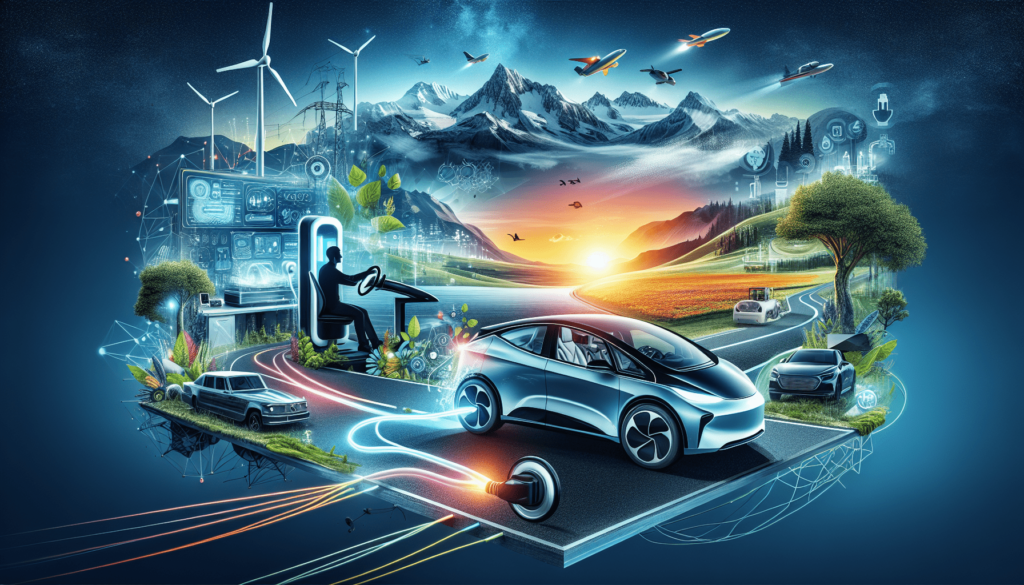
The Future of Electric Vehicles
Advancements in Battery Technology
Battery technology continues to evolve at a rapid pace, driving significant advancements in the electric vehicle industry. Future developments include increased energy density, faster charging times, and improved durability. These advancements will result in electric vehicles with longer ranges, shorter charging times, and batteries that last even longer. As battery technology progresses, the future of electric vehicles looks increasingly promising.
Increased Range and Faster Charging
One of the key areas of focus for electric vehicle manufacturers is the continual improvement of range and charging capabilities. Future electric vehicles are expected to offer even greater ranges, eliminating range anxiety concerns. Simultaneously, advancements in charging technology will provide faster charging times, reducing the time spent at charging stations and increasing convenience. With increased range and faster charging, electric vehicles will become even more practical and appealing to a wide range of drivers.
Expanding Charging Infrastructure
The expansion of charging infrastructure is anticipated to continue at a rapid pace, keeping up with the growing number of electric vehicles on the road. Governments, utility companies, and private organizations are investing heavily in the development of charging networks to meet the needs of EV owners. This expansion will ensure that electric vehicle drivers have convenient access to charging stations, making long-distance travel and everyday charging even more feasible and accessible.
Transition to Renewable Energy Sources
As the world embraces renewable energy sources, the transition to electric vehicles aligns perfectly with the goal of reducing reliance on fossil fuels. The integration of electric vehicles and renewable energy creates a synergistic relationship, enabling sustainable transportation powered by clean energy. As renewable energy sources become more prevalent and the grid becomes greener, electric vehicles will play a vital role in the decarbonization of the transportation sector.
Evolving Automotive Industry
The adoption of electric vehicles is not merely a shift in powertrain technology; it represents a transformative change in the entire automotive industry. Electric vehicles have paved the way for innovative mobility solutions, leading to advancements in autonomous driving, connectivity, and shared mobility. The convergence of electrification with these cutting-edge technologies will shape the future of transportation, redefining how we commute, travel, and experience mobility as a whole.
Conclusion
Embracing electric vehicles offers a multitude of benefits that extend beyond individual ownership. By choosing to drive an electric vehicle, you can contribute to a more sustainable future and reduce your carbon footprint. The environmental advantages, lower cost of ownership, and exciting driving experience make electric vehicles an enticing alternative to traditional gasoline-powered cars. With ongoing advancements in technology, charging infrastructure, and battery capabilities, the future of electric vehicles is brighter than ever. By joining the growing community of electric vehicle drivers, you can be part of the movement towards a cleaner, greener, and more enjoyable driving experience for everyone.
